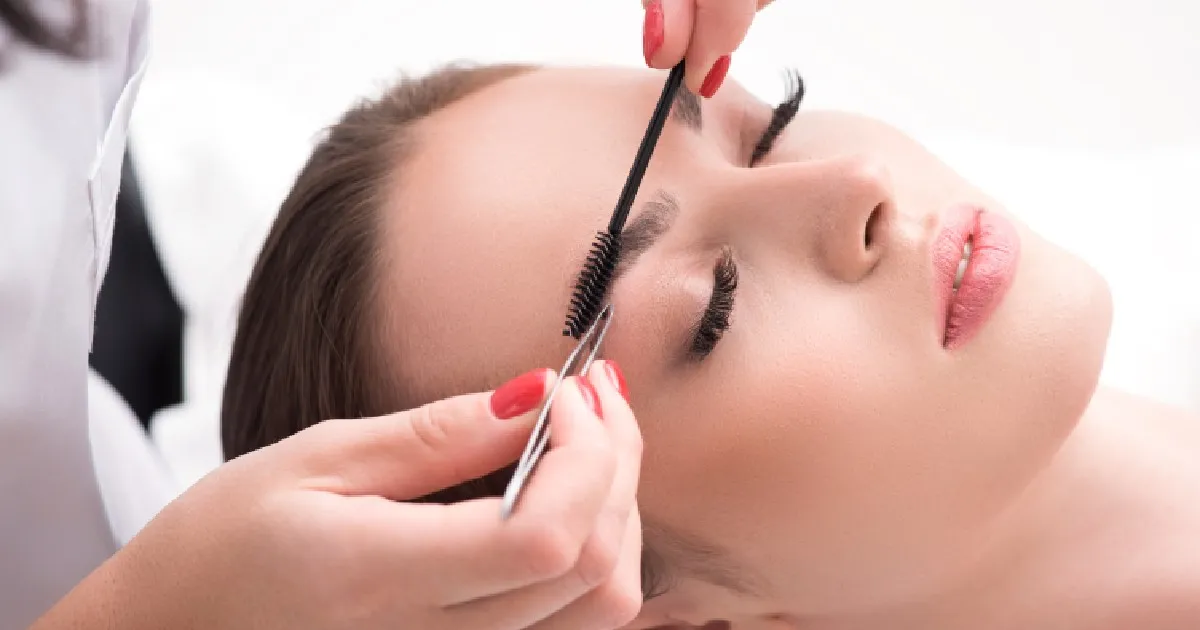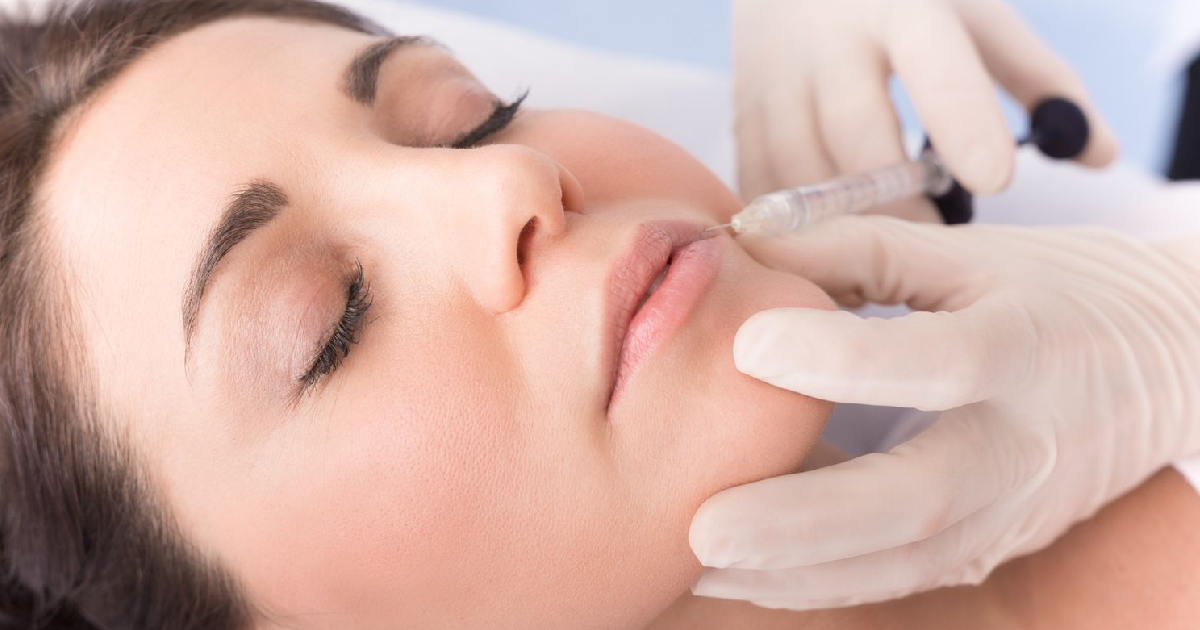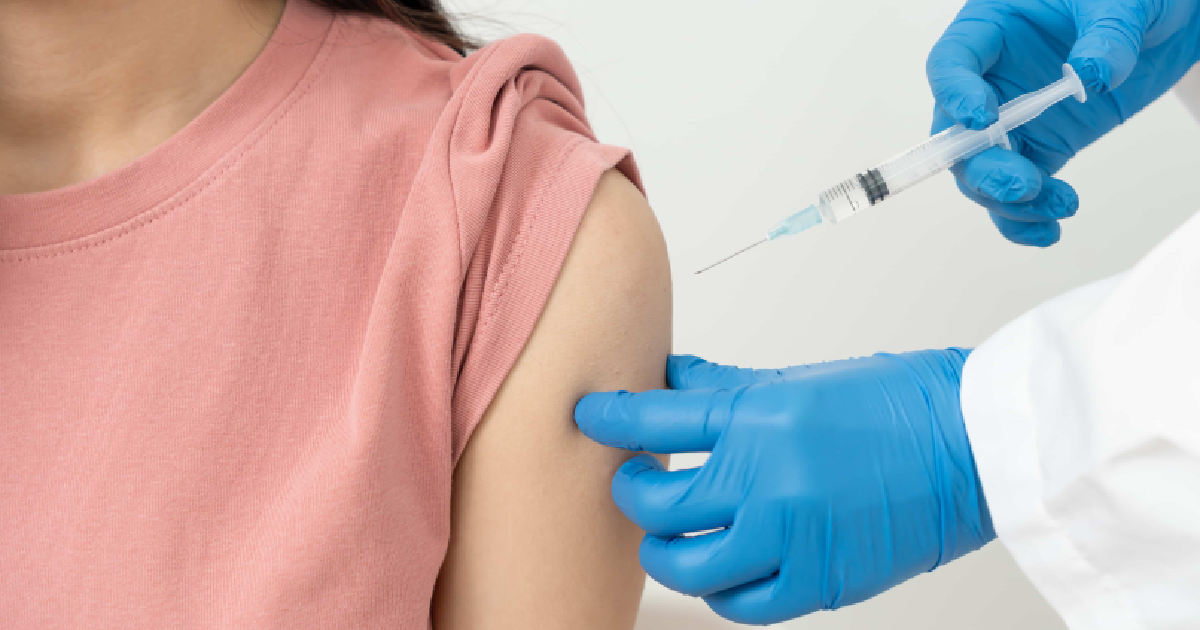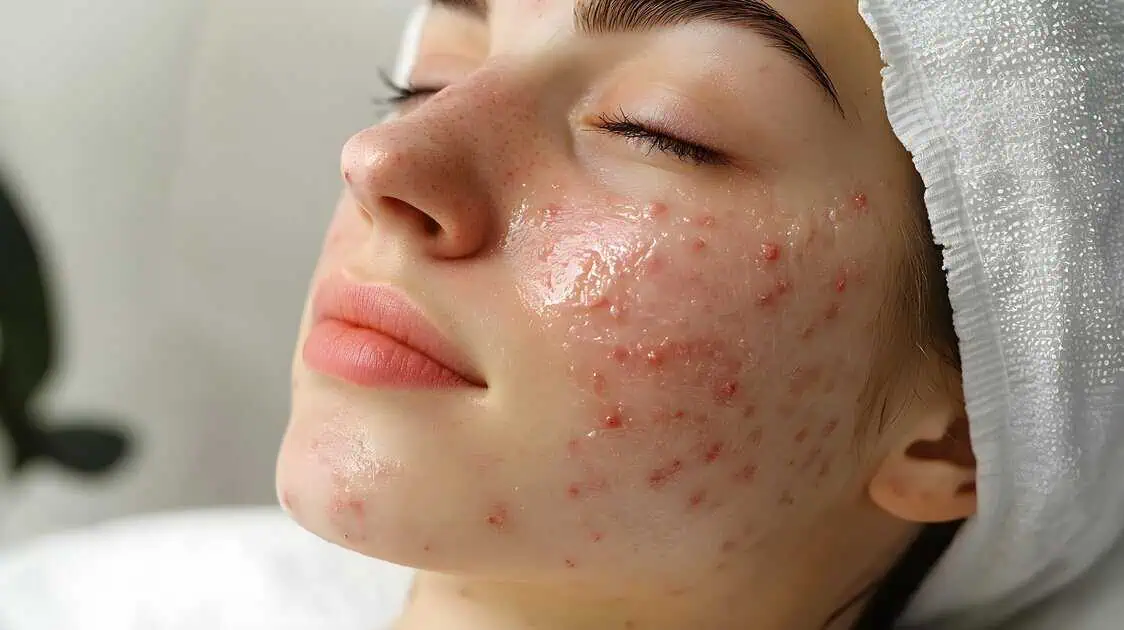Considering a chemical peel and wondering what it entails? Whether you’re looking to smooth out fine lines, tackle acne scars, or achieve a brighter complexion, chemical peels might be the solution you need. Here’s a straightforward guide on what to expect before, during, and after your treatment, specifically with Epionce and VI Peels. Dive in to learn how these treatments can help rejuvenate your skin and what the entire process looks like.
What are Chemical Peels?
Chemical peels involve putting on a chemical mixture to the skin, which exfoliates and strips the top layers. Depending on the solution’s strength, peels can be categorized into light, medium, and deep. Light peels suit minor skin issues, while medium and deep peels target more severe concerns. Epionce and VI Peels are renowned for their effectiveness, each catering to specific skin needs.
Epionce peels are designed to improve skin texture and clarity, combining natural ingredients to exfoliate and hydrate the skin. VI Peels, developed by the Vitality Institute, use a blend of trichloroacetic acid (TCA), retinoic acid, salicylic acid, phenol, vitamin C, and minerals to treat acne, fine lines, and pigmentation issues while promoting collagen production.
Preparing for Your Chemical Peel
Preparation begins with a consultation with a skincare expert to go over your skin concerns and goals. This helps pinpoint the most relevant type and strength of peel for your skin type and condition. In the weeks leading up to the treatment, certain precautions enhance the peel’s effectiveness and minimize potential side effects:
- Sun Protection: Stay away from sun exposure and use sunscreen daily to prevent discoloration and shield the skin.
- Skincare Adjustments: Avoid using retinoids, AHAs, BHAs, and other exfoliating products at least a week before the peel to reduce skin sensitivity.
- Hydration: Keep the skin well-hydrated and avoid any products that may dry it out.
- Avoid Hair Removal: In the week before the treatment, refrain from waxing, electrolysis, or using depilatories on the face.
- Medication: If you have a history of cold sores, your provider might recommend antiviral medication to prevent an outbreak.
What to Expect During the Treatment
A chemical peel is typically conducted in an office setting. Here’s a step-by-step of what the process involves:
- Cleansing: The skin is meticulously cleansed to expel dirt, oil, and makeup.
- Application: The chemical solution uses a brush, cotton applicator, or spatula. The solution is usually applied first to areas with the thickest skin, such as the forehead, nose, cheeks, and chin, before spreading to other areas.
- Sensation: As the solution works on the skin, you may experience tingling, itching, or a mild burning sensation. A sedative or pain relief medication might be provided for deeper peels to ensure comfort.
- Neutralization (if required): Some peels require a neutralizing solution to stop the chemical reaction. Others, like the VI Peel, do not require this step.
- Post-Application: The peel might be left on the skin for a specific period before being washed off, or in the case of some peels, it may remain on the skin for several hours.
Immediate Aftercare and Sensations
Immediately after the peel, expect some redness, swelling, and tingling. These reactions are normal and indicate that the peel is working. Your provider will apply a soothing ointment and give you specific post-treatment care instructions.
Peeling Process
The skin begins to peel within a few days after the treatment. The peeling process varies depending on the peel’s depth:
- Light Peels: Mild flaking similar to dry skin.
- Medium Peels: More noticeable peeling, akin to a sunburn.
- Deep Peels: Intense peeling that may require downtime.
During this phase, follow these guidelines:
- Gentle Cleansing: Keep peeling skin as clean as possible by using a gentle cleanser and avoiding scrubbing it.
- Moisturizing: Keep the skin moisturized with products recommended by your provider.
- Sun Protection: Spread a broad-spectrum sunscreen to shield the new, sensitive skin.
- Avoid Picking: Do not pick at the peeling skin to prevent scarring and infection.
Post-Treatment Care
An optimal outcome requires proper post-treatment care:
- Skincare Routine: Use gentle products to cleanse and moisturize. Avoid harsh ingredients that might irritate the skin.
- Hydration: Drink plenty of water to keep the skin hydrated from within.
- Sun Protection: Continue using sunscreen daily to protect the new skin and prevent pigmentation issues.
- Follow-Up: Attend any recommended follow-up appointments to monitor your skin’s progress and address any concerns.
Expected Results and Long-Term Care
Based on the depth of the peel and the response of your skin, chemical peels can produce varying results. Generally, you can expect the following benefits:
- Improved Skin Texture: Smoother, more even skin texture with reduced roughness and fine lines.
- Enhanced Skin Tone: Brighter, more uniform skin tone with diminished pigmentation issues.
- Rejuvenated Appearance: Overall improvement in the appearance of your skin, making it look more youthful and refreshed.
To maintain these results, incorporate the following practices into your long-term skincare routine:
- Consistent Skincare: Use products that support skin health and address your specific concerns. Regularly exfoliate with gentle products once your skin has fully healed.
- Sun Protection: Continue to wear sunscreen every day and take measures to protect your skin from UV exposure.
- Healthy Lifestyle: Maintain a balanced diet, stay hydrated, and get adequate sleep to support your skin’s overall health.
Potential Side Effects and Risks
If performed by a qualified professional, chemical peels are generally safe, but some risks and side effects may occur:\
- Redness and Swelling: Temporary redness and swelling are common after a peel and typically subside within a few days.
- Hyperpigmentation or Hypopigmentation: Lack of sun protection can cause pigmentation changes on the skin. Most of the time, these changes are temporary, but in rare instances, they can become permanent.
- Scarring: Although rare, scarring can occur if the skin is not properly cared for during the healing process. Avoid picking at peeling skin to minimize this risk.
- Infection: There is a small risk of infection if the skin is not kept clean and protected. Follow your provider’s aftercare instructions to reduce this risk.
Takeaway
For the best results, consult with a licensed professional to determine which peel is best suited to your skin type and follow their suggestions for pre- and post-treatment care. Proper care and maintenance can achieve smoother, brighter, and more youthful skin.
Do you want to see how chemical peels can revitalize your skin? Personalized skincare treatments are provided by our team at Transformations Wellness Spa. Whether you’re looking to reduce fine lines, improve skin texture, or address pigmentation issues, we have the right solution for you. Book your assessment today and take the first step towards healthier, more radiant skin.





